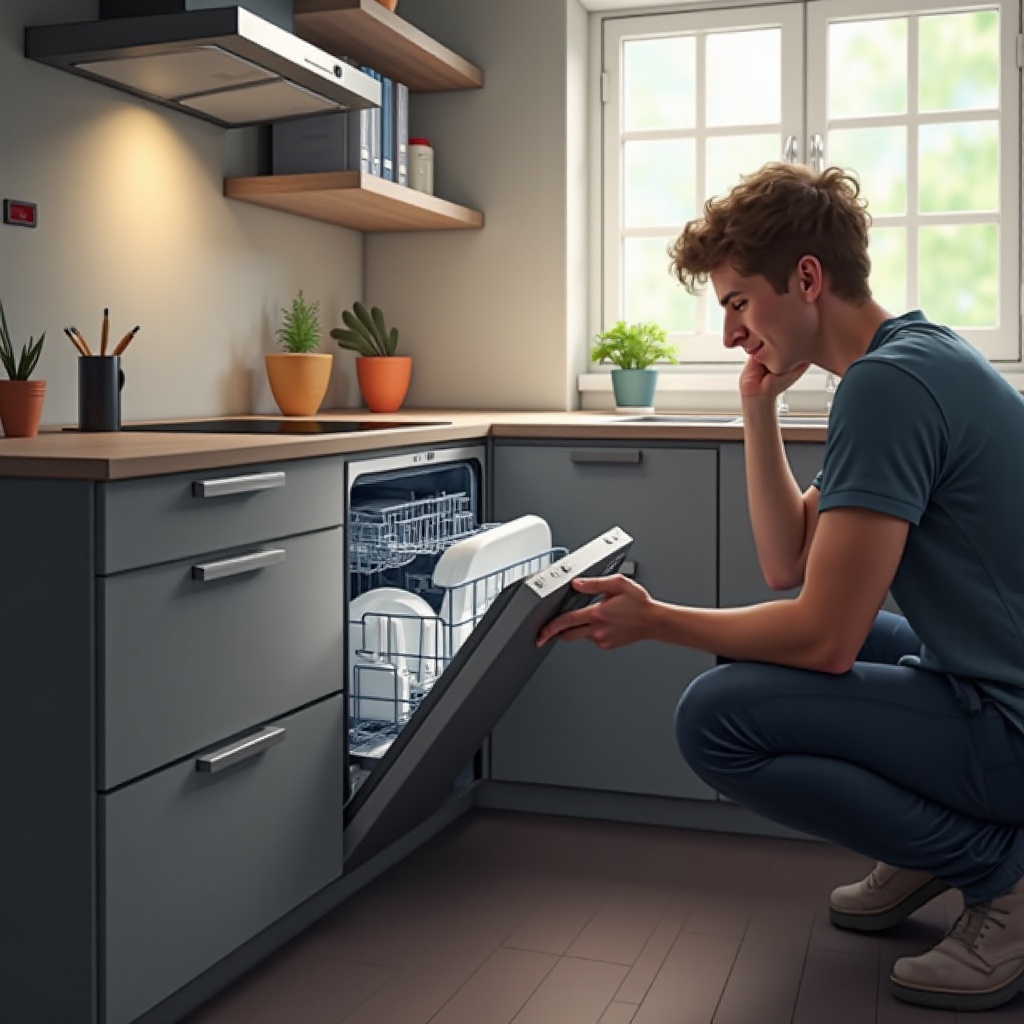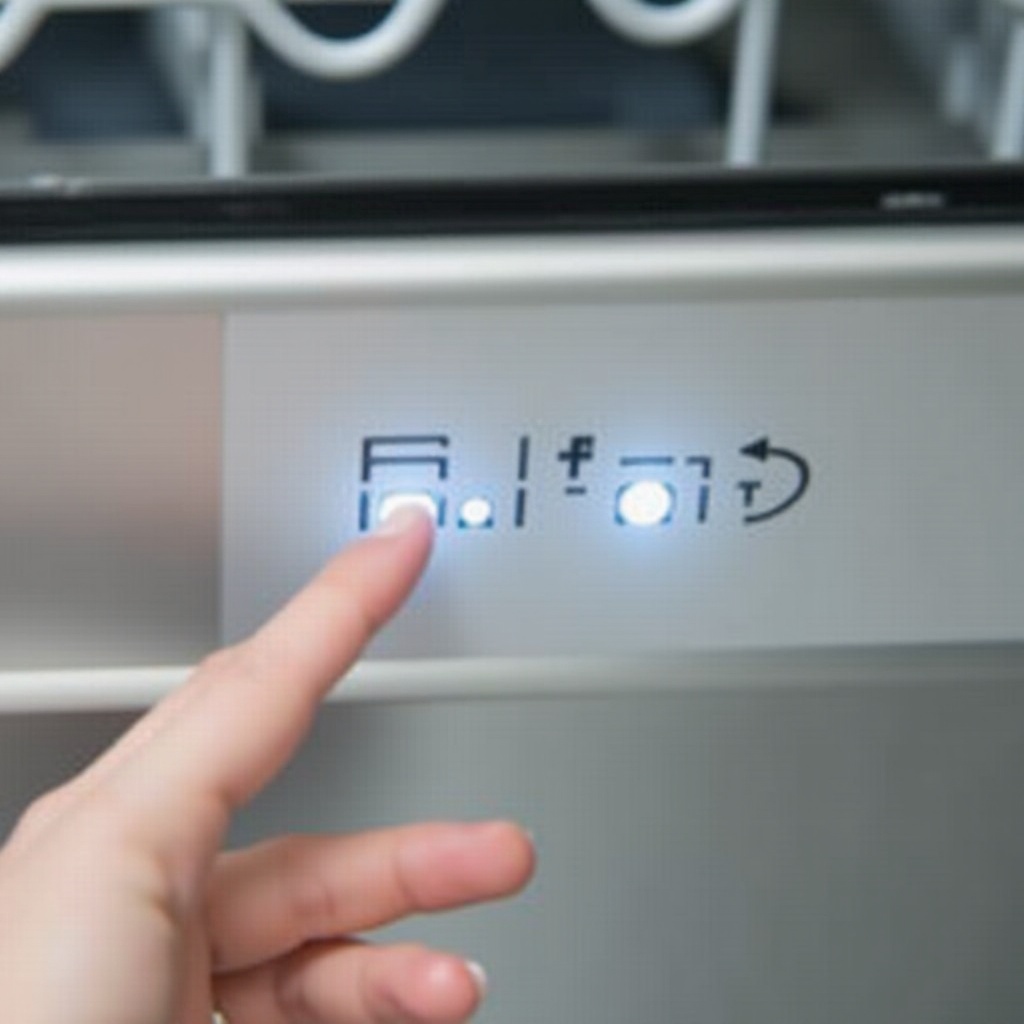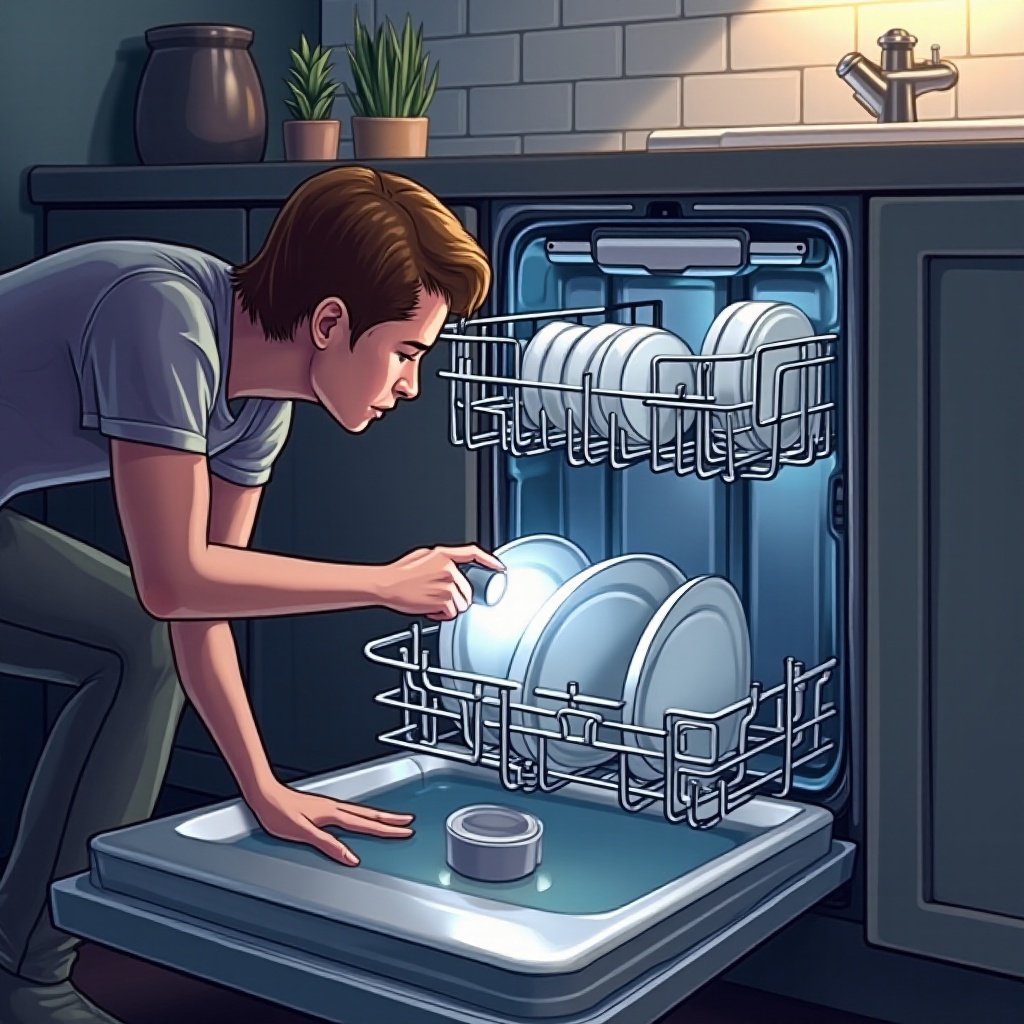Introduction
Dealing with a dishwasher that refuses to start can disrupt your daily routine, creating a backlog of dishes. However, before deciding it's broken or calling a professional, there are several steps you can take to troubleshoot and potentially resolve the problem quickly on your own.

Ensure the Power Supply is Active
Verifying that your dishwasher is receiving power is a crucial first step. A loss of power is one of the most common and easily fixable reasons a dishwasher won't run.
Check the Electrical Outlet: Ensure the dishwasher is securely plugged into a working outlet. If your dishwasher is hardwired, inspect the connecting wires for signs of damage or looseness.
Inspect the Circuit Breaker: Next, check your home’s circuit breaker panel to see if a breaker has tripped. Resetting a tripped breaker can sometimes restore power immediately.
Test the Power Cord and Plug: Check the power cord for any signs of wear such as fraying or cuts. If the cord appears damaged, replacing it might resolve the issue.
If after these steps the dishwasher still won't run, it's time to look beyond the power source for the next common issues.
Examine the Door Latch and Switch
A malfunction in the door latch or its switch might prevent the dishwasher from operating, as the appliance must be fully closed to start.
Identify Signs of a Faulty Latch: The door should click firmly shut. If it doesn’t, or if the latch appears damaged, it could be the root of the problem. This is usually a simple fix involving latch adjustment.
How to Fix Latch Issues: Realign the latch by adjusting the strike plate with a screwdriver. Ensure the door seal is intact to maintain a proper latch.
Verify the Door Switch Functionality: Use a multimeter to check the continuity of the door switch. If it fails, replacing this component may be necessary.
Once you’ve addressed door latch and switch concerns, assess internal settings that might affect performance.
Inspect the Control Panel and Dishwasher Settings
Problems with the control panel can prevent the dishwasher from initiating a cycle. Ensuring settings and electronic configurations are correct is key.
Understand Common Error Codes: Many modern dishwashers signal when something is amiss via error codes. Check your manual for definitions and possible solutions to these error messages.
Steps to Reset the Control Panel: Resetting the control panel can resolve electronic glitches. Unplug the dishwasher for a minute, then plug it back in, or consult the manual for model-specific reset instructions.
Check for Program Selection Errors: Make sure you've selected and confirmed a wash cycle. Dishwashers won’t begin unless a cycle has been chosen and confirmed.
With settings configured properly, the next logical step is checking the water supply that the dishwasher needs to operate.

Assess the Water Supply and Filters
A lack of water supply can prevent the dishwasher from running. Verifying the water connection is essential for normal operation.
Verification of Water Inlet Valve: Ensure the inlet valve is open and free of debris. This should allow the proper flow of water into the dishwasher.
Check for Kinks or Blockages in Hoses: Ensure that hoses are free from blockages and aren’t kinked, allowing smooth water flow.
Cleaning and Maintaining Filters: Clogs in the system can occur due to blocked filters. Regularly cleaning or replacing filters ensures unobstructed water circulation.
Assuming water supply checks out, if problems persist, the issue may reside with the motor or electrical components.

Evaluate the Motor and Electrical Components
Mechanical malfunctions involving the motor or related electrical parts can hinder the dishwasher's functioning.
Signs of a Malfunctioning Motor: Listen for hums or grinding noises, which indicate motor strain. Total silence might mean the motor is not receiving power and might need replacement.
Inspect Wiring and Connections: Examine all internal wiring for loosening or damage, remedying any imperfections you find can resolve the issue.
When to Consider Replacing Electrical Components: Should internal motors or components test faulty with a multimeter, replacement of these parts might be necessary.
Finally, employ routine maintenance to prevent regularity in breakdowns and enhance longevity.
Routine Maintenance Tips to Prevent Problems
Regular upkeep is crucial in preventing issues and keeping your dishwasher performing at its best.
Regular Cleaning Schedules: Clean your dishwasher monthly to remove residue. Pay attention to the filter and spray arms.
Proper Detergent Use: Follow the manufacturer's guidelines for detergent type and amount to prevent buildup that can cause clogs.
Monthly Inspections for Wear and Tear: Check racks, rollers, and seals regularly for signs of deterioration and replace them as necessary.
By consistently following these maintenance steps, you can ensure your dishwasher remains in top working condition, minimizing disruption to your household chores.
Frequently Asked Questions
Why does my dishwasher click but not start?
A clicking noise usually indicates a latch issue. Ensure the door is closed tightly so the latch can engage properly.
Can a clogged filter cause the dishwasher to not run?
Yes, clogs in the filter can hamper water flow, leading to an incomplete washing cycle and preventing operation.
How often should I perform maintenance on my dishwasher?
Monthly maintenance is advisable to keep your dishwasher running smoothly and to prevent costly repairs.
